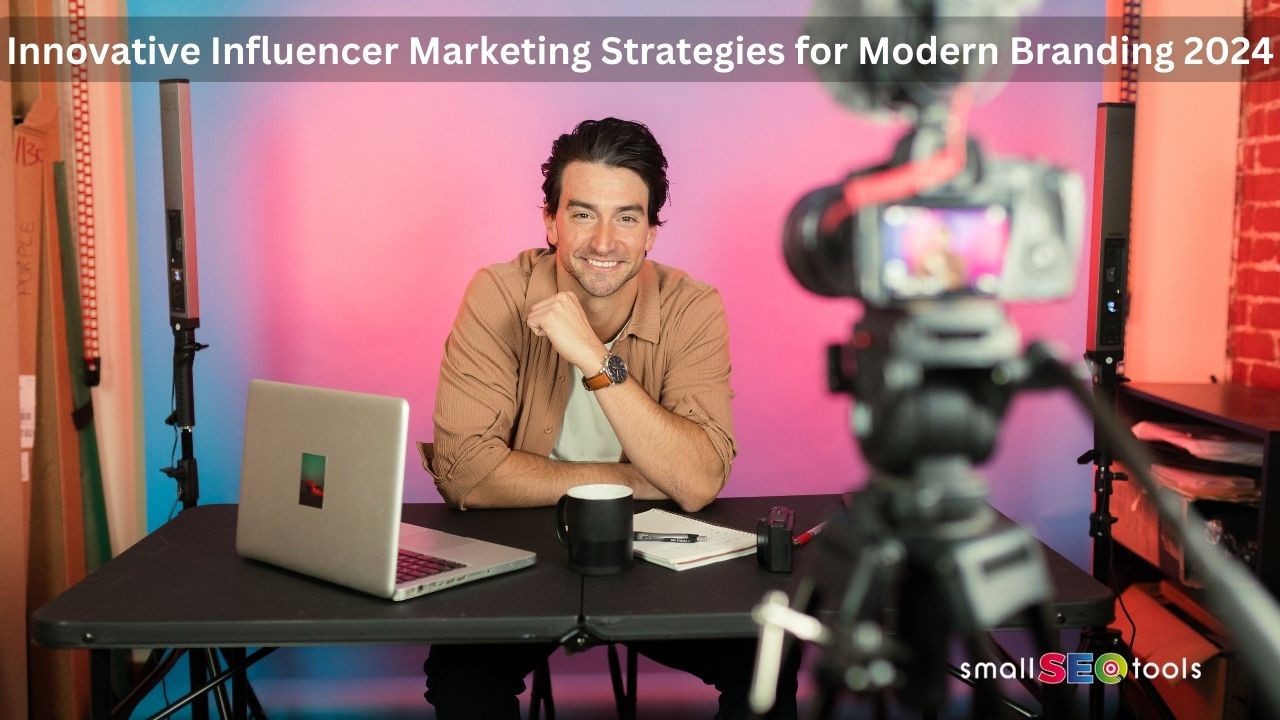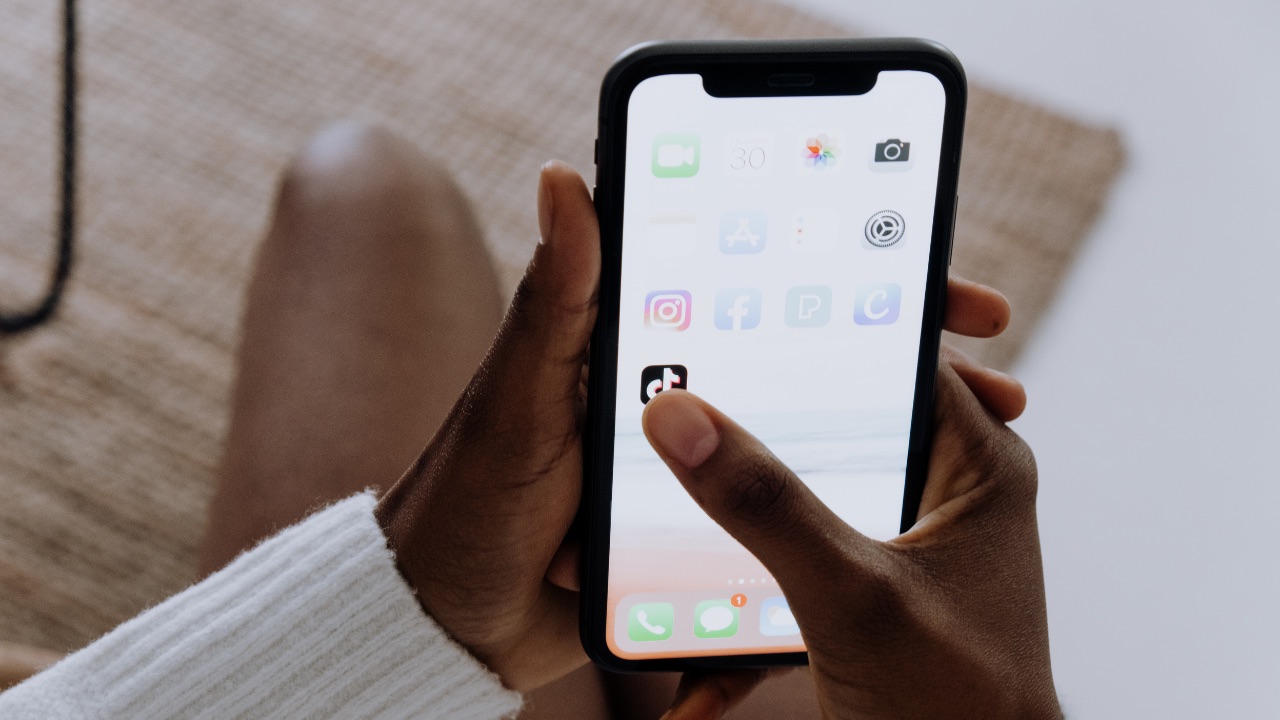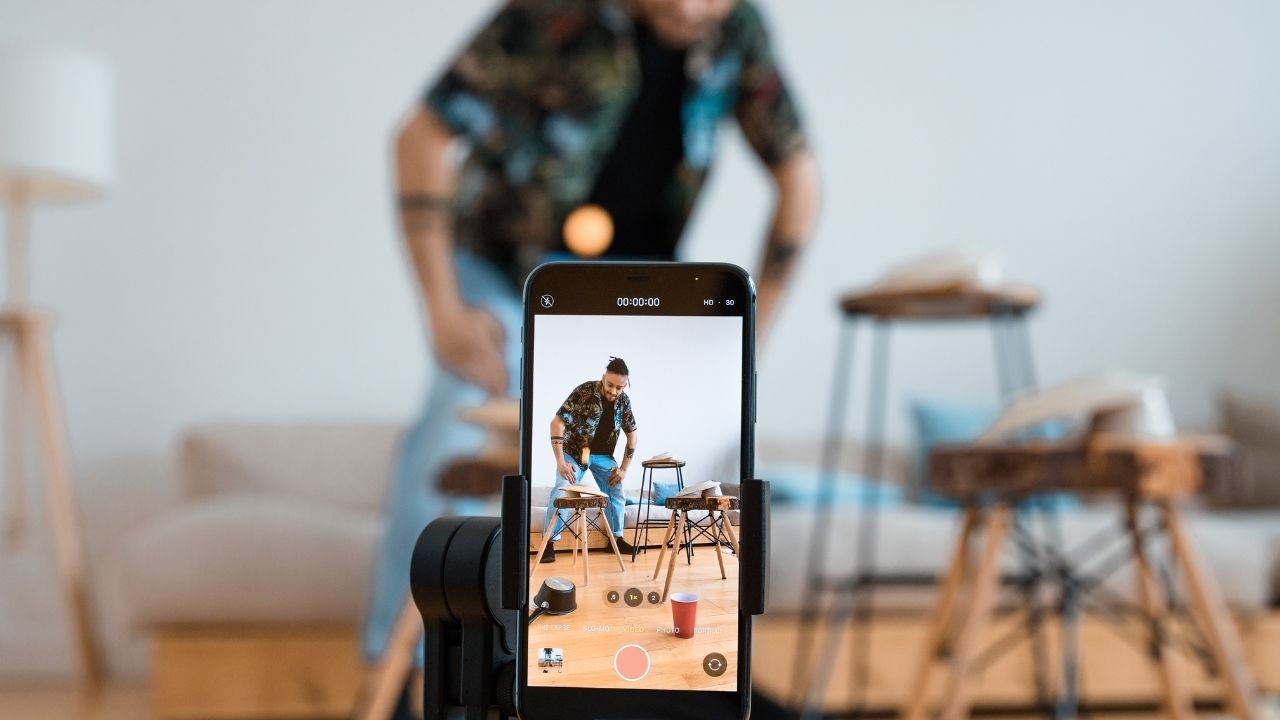Innovative Influencer Marketing Strategies for Modern Branding 2024
Fresh Look at Influencer Marketing in Contemporary Branding
Marketing strategies that use influencers are now considered vital in the ever-evolving landscape of branding. This work offers a comprehensive snapshot of influencer marketing, including what it is now, new trends, its place within broader marketing strategies, and the technology and challenges it encompasses.

Current State of Influencer Marketing
As a concept, influencer marketing is relevant in the case of digital advertising where the nature of brands’ interaction with the public has changed significantly. Thus, in 2024, the influencer marketing process will remain popular, having already turned into a multi-billion dollar market. Here are some key statistics and trends defining the current state of influencer marketing:

Market Growth and Value
According to the data from the Digital Marketing Community, the size of the global influencer marketing platform market was approximately $10,5 billion in 2023, and the market is expected to grow to $84,9 billion by 2030 with a CAGR of 32%. This spate has amplified the stakes and adoption of influencer marketing as the go-to strategy by the companies.
Influencer Categories
Influencers can be categorized in several ways, but one of the most typical is by the size of their audience. Micro-influencers with followers ranging from one thousand to one hundred thousand have increased indicators of audience engagement and a well-defined target audience.
Performance Metrics
Recently, marketers have been more inclined to measure influencer campaigns with tangible figures. Focusing on the density of followers as a primary measure of success is avoided; instead, engagement rates, conversion rates, and the quality of interactions (comments, shares, etc.) are valued. More so, traditional sponsored promotions where the influencer is paid depending on the promotion’s effectiveness are also rising.
Platform Dynamics
There are a variety of social media platforms, and each may be more suitable for influencer marketing. For instance, Instagram stays relevant, especially for the lifestyle and beauty industries, while TikTok is indispensable for communicating with younger audiences focused on more diverse and video-centric content. It suggests that the algorithms and users’ actions are crucial for brands to select influencers and design campaigns on each platform.
Regulatory Environment
As the industry continues to develop, influencer marketing becomes more regulated, including the need for disclosure. The regulatory institutions in different countries and states, such as the Federal Trade Commission of the United States, have provided rules that require the sponsors of those contents to make adequate disclosures to the consumers.
Future Outlook
Regarding future trends, it is believed that, for instance, the application of AI and machine learning in influencer marketing will rise. Firstly, it will be used to enhance all aspects of identifying proper influencers and managing the overall performance of the campaign. Therefore, the utilization of these technologies aims to enhance the targeting of influencers besides also enhancing the persuasion capacity of the influencer marketing campaigns, hence expanding the possibilities of how brands may interact with consumers.
Trends of Influencer Marketing
Below are highlighted some of the significant trends that are emerging in influencer marketing and are going to reshape the tactics adopted by brands to communicate with customers. Such changes also point out the improvement of realism, the better recruitment of micro-influencers, and the transition to building more long-term relationships.
Authenticity as the New Standard
Today’s consumers are very wise and are able to differentiate between an endorsement ad and an advertised fake ad. Therefore, there is more emphasis placed on the relevance, and various social networks pressure influencers to share what they go through and believe, not what can be staged. This shift is mainly borne out of the need for customers to get value for their hard-earned money based on the level of trust they have for a particular maker of the products they want to buy.
Rise of Micro-Influencers
Micro-influencers are becoming the key and useful players in influencer marketing since they can reach specific target audiences by sharing credible and close-to-life content. While the number of followers varies, micro-influencer typically defines those with accounts’ followers ranging from 1,000 to 100,000 with higher engagement rates than the macros. This is due to the belief that fake news sources are fewer in number compared to reliable news sources and the social nature they uphold with their fans.

For brands, this means less expensive promotions and an increased chance of a better return on investment because micro-influencers can rally a committed set of fans with messages that are meaningful to them.
Long-term Collaborations Over One-time Campaigns
The move toward developing loyalist partnerships with the influential people differs significantly from the traditional campaign-style marketing strategy. In the long run, it’s possible to establish a more coordinated message since the influencers become faithful supporters of the brand. This continuity is not only useful in constructing an excellent and strong brand image but also useful for the influencer for the growth of its own brand as well. Such partnerships are also advantageous in creating new ways of reaching audiences for a more intimate association where the repeated impact of the advertisement through the recommenders adds more than ‘face value’ of believability to the message.
Integrating Influencer Marketing with Broader Strategies
Adding endorsements from influential people and personalized content to your email marketing efforts can add authenticity and relatability to your messages. By combining these two powerful tools, brands can give their audience a more unique and interesting experience that really hits home.
This leads to the following effective method: to share influencer opinions or references, including them within emails. This way, it not only takes advantage of the followers’ trust in the influencers but it also adds more appeal to the content of the email through a genuine tone. For instance, an authoritative figure can prepare and recommend a series of emails that include a series of testimonies from people who have been using the products, thereby giving the offer a ‘face’ or a story, making it real and so valuable.
This, in turn, can lead to higher open rates and desired conversions from the incorporated influencer content. One example is a fashion brand that promoted style guides put together by influencers in their newsletters. The guides with links to products endorsed directly by the influencers helped receive higher click-through rates and, consequently, higher sales than regular promotional emails.
There are a number of tools available for freelancers to optimize these integrated marketing strategies. Here are some examples:
- Selzy: It includes features that are considered to be quite professional, such as A/B split testing, autoresponders, multiple segmentation options, and detailed statistical tracking. These elements assist freelancers in tuning when and what to write in the email. For more advanced tools like email blast services, you can explore further: https://selzy.com/en/features/email/blast-service/. Such capabilities guarantee that messages continue to appeal to the focal audience and that influencer endorsements are properly used.
- Trello: Defining the key services of project management for independent contractors, Trello helps to identify the sequence of steps in marketing campaigns, time frames, and collaborative processes illustrated in the form of a visual board. This makes it easier for freelancers to know the schedules of contents to be developed by the influencer, and how all the parts of a certain campaign line up and when.
- Hubspot: HubSpot is very effective in the management of the influencers and analyzing the interaction rate of the influencer marketing cooperation. Freelancers can also leverage its CRM to keep thorough records of the engagements with the influencers as well as other aspects of the influencer’s performance to improve future programs.
- Figma: Figma as a collaboration interface design tool enables freelancers to design appropriate and engaging templates to include contents of influencers. The option that allows working as a team along with other freelancers or clients is vital for the platform because it is suitable for real-time feedback and communications.
- Constant Contact: Especially when it comes to long-term influencer initiatives, the platform offers functions to compose and send out emails with influencer material. Freelancers also benefit from the rich reporting tools that let them track the effectiveness of collaboration and make changes to it.
However, there is a need to monitor the performance of each integrated campaign comprehensively. Which pieces of content produced by influencers drive the best engagement or conversion rates can be understood to get closer to achieving which marketing goals and what consumers would prefer. With this kind of approach to data, it is possible to safeguard the steady enhancement of the impact of e-mail marketing, correspondingly of the collaborations with the influencers.
Technological Innovations that Affect the Influence of Marketing
When combined with influencer marketing, artificial intelligence lets campaigns be tailored and performed differently. AI technologies are instrumental in three key areas: optimizing influencer selection, personalizing campaigns, and measuring campaign effectiveness.
- Optimizing Influencer Selection: It is possible to use the data obtained from social networks to define the influencers whose followers are similar to a brand's target audience. This technology considers statistics such as past engagement rates, followers’ characteristics, and, depending on a particular algorithm, even sentiment analysis to identify influencers most relevant to the brand’s consumers. For instance, AspireIQ and CreatorIQ are two AI influencer platforms that assist brands in finding the right influencers with the help of performance metrics corresponding to millions of influencer accounts.
- Personalizing Campaigns: AI raises the relevance of its marketing messages by studying the consumers’ behavior and anticipating what content will prove effective. This makes it possible to launch professionally curated influences that create content based on the target audiences’ preferences and demands. In this case, the click rate shall be higher. One of the identified applications is related to the integration of machine learning algorithms, which change the campaign messages based on the level of interaction and engagement.
- Measuring Effectiveness: AI tools are handy since they offer specific analysis on the performance of influencer tendencies and their outcome by reach, engagement, or conversion. These tools employ complex tracking as well as integration of data so that marketers obtain veto on ROI and control the subsequent campaigns. Nowadays, many companies provide such services as campaign monitoring, showing detailed analytics of outcomes, and attributing the conversion to specific influencer actions, such as NeoReach.

Challenges and Considerations
Nonetheless, influencer marketing also has its issues that brands need to be considered:
- Maintaining Transparency: Transparency is imperative in influencer marketing to avoid consumer loss of faith. The Federal Trade Commission (FTC) and other regulatory authorities developed rules that demand that influencers reveal any relationship with brands. But monitoring compliance across all campaigns can at times be really difficult, especially as influencer marketing scales up.
- Alignment with Brand Values: To avoid negative association, the influencers’ outlooks and activities on social media should be as close to the brand’s message as possible. Misfits are risks when a celebrity engages in controversies since the public can develop a negative perception of the brand that the celebrity represents. Brands need to check people’s backgrounds and always pay attention to the content and its appropriateness to the brand.
- Legal Aspects and Contracts: In the partnerships where the influencer is getting paid, it is crucial to have legal agreements; these agreements should be clear and legally binding for the benefit of the two partners. These should identify how and when payments will be made, what is expected of the parties, ownership, and use of the content, and the disclosure circumstances. In a survey by Influencer Marketing Hub, issues of vagueness with contracts were deemed potential causes of conflicts or lack of coherency with the campaigns.
leave a comment
Please post your comments here.SEARCH
-
Popular SEO Tools
- Paraphrasing Tool
- Plagiarism Checker
- Article Spinner / Rewriter
- Keyword Position Checker
- Grammar Check
- Domain Authority Checker
- Pagespeed Insights Checker
- Reverse Image Search
- Page Authority checker
- Backlink Checker
- Alexa Rank Checker
- Backlink Maker
- Domain Age Checker
- Website Ping Tool
- Website Seo Score Checker
- Keyword Density Checker
- Website Page Size Checker
- Word Count Checker
- Mozrank Checker

 ™
™